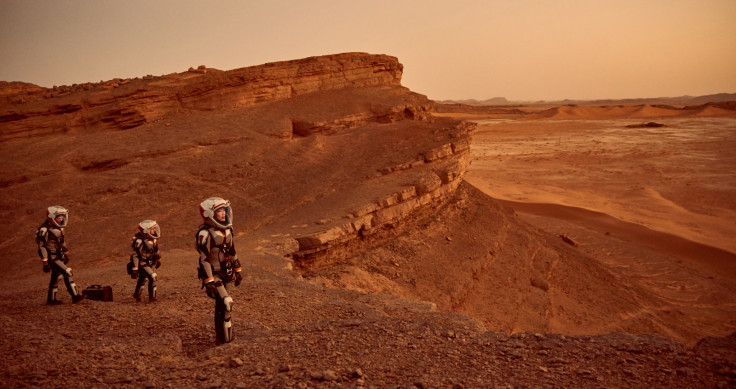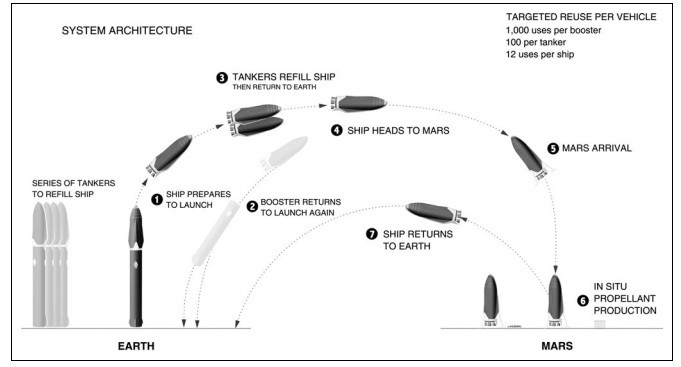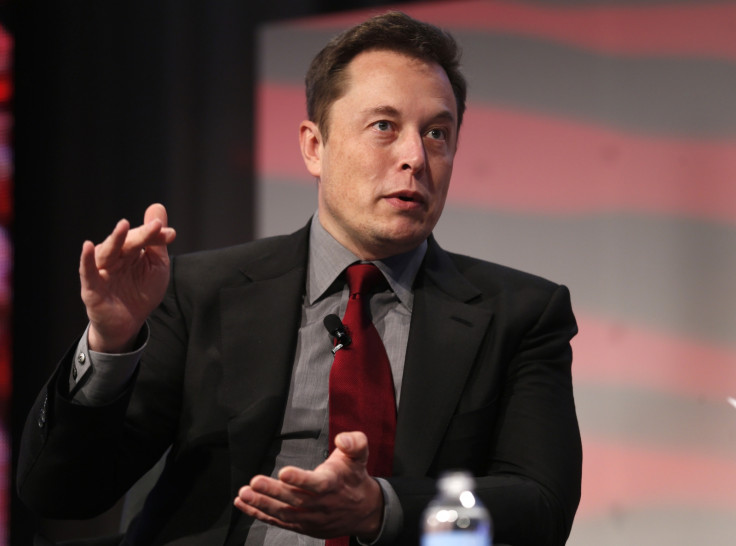Let's colonise Mars: How Elon Musk plans to get humans to the red planet
Musk hopes nearly one million people will have visited Mars in the next 100 years.
SpaceX CEO Elon Musk has detailed plans to colonise Mars. He has also suggested measures to bring down the cost of Mars flights as well as some of the specs of necessary equipment.
An article published in New Space adapted from Musk's presentation at the International Astronautical Congress earlier this year aggressively pushes for focus on Mars exploration for moving towards interplanetary life. Let us take a look at what he proposes and in how much time he thinks this can be achieved.
The rocket and equipment
The vision of the Mars mission is centred on reusable rockets and spaceships which he terms as the Interplanetary Transport System (ITS). They will be powered by SpaceX's Raptor engine that is still being developed and is expected to be three times more powerful than the engines that support the Falcon 9 rocket.
The end product will be a super-booster with 42 of these Raptor engines making it the most powerful rocket in history. It will be designed to launch 300 metric tons to low Earth orbit (LEO), or 550 metric tons in an expendable variant. Currently, the highest load to space can be carried by Nasa's famous Saturn V moon rocket which is just a meagre 135 metric tons compared to what Musk has in mind.
As for the design on the interior of the spacecraft, Musk says: "There will be movies, lecture halls, cabins, and a restaurant. It will be really fun to go. You are going to have a great time"!

The mission
There is still decision to be made whether one or two Red Dragon capsules will be sent to the red planet. Unlike Nasa which may use Moon or its orbital area as a halting station for its Mars operation, SpaceX wants to refuel its rockets in space itself.

This means the ITS boosters will launch the spaceship and fuel tankers to orbit over Earth until it reaches a point where it can halt. As shown in the figure, once the tankers have fuelled the spaceship, the departure will take place when Earth and Mars align favourably. This time comes once only every 26 months, so everything has to go as per schedule.
Musk in fact predicts 1,000 or more ITS spaceships to go to Mars each carrying 100 or more people. If his calculation is anything to go by, nearly one million people should be on Mars within the next 50 to 100 years.
The cost

Musk estimates that with current technologies, a ticket to Mars would cost around $10bn (£7.84bn) but plans to keep working on reusable tech so that the price can come down to $200,000. He says it is crucial to bring down the price to make sure we have the funds to explore another planet if the need arises.
The transportation will have to be fully reusable because any amount of waste would significantly increase the cost. Refuelling ships while in orbit also drastically cuts down costs.
The timeline
Musk sketches a rough timeline for the mission hoping to achieve all test runs by 2022 so that flights to Mars can start by 2023. Between 2018 and 2023 he hopes the company with the help of Nasa will successfully achieve all test runs.
© Copyright IBTimes 2025. All rights reserved.





















